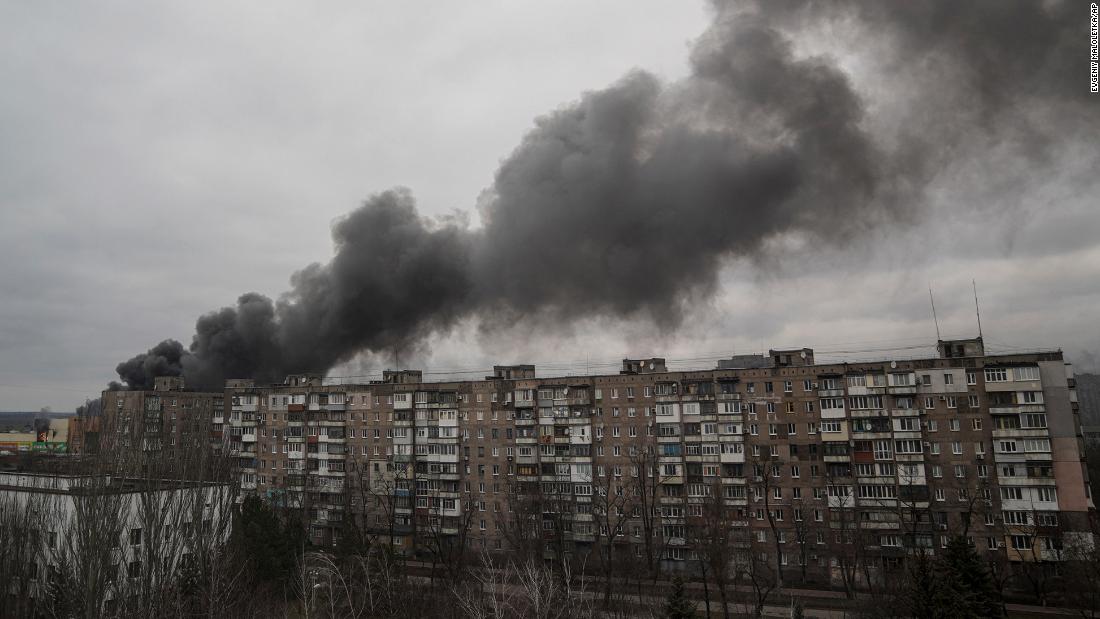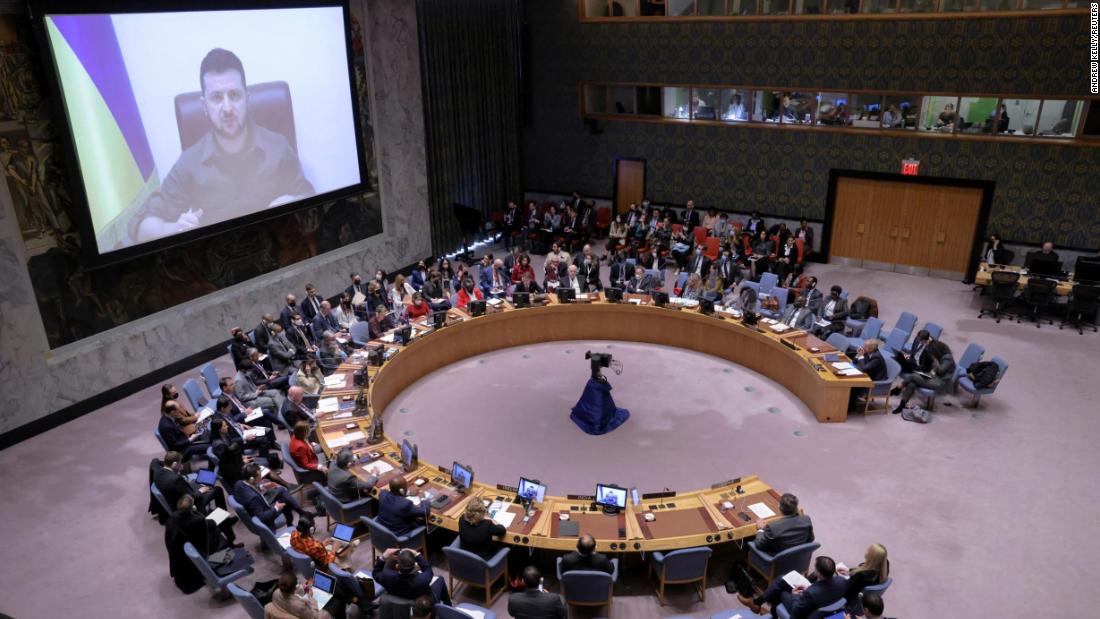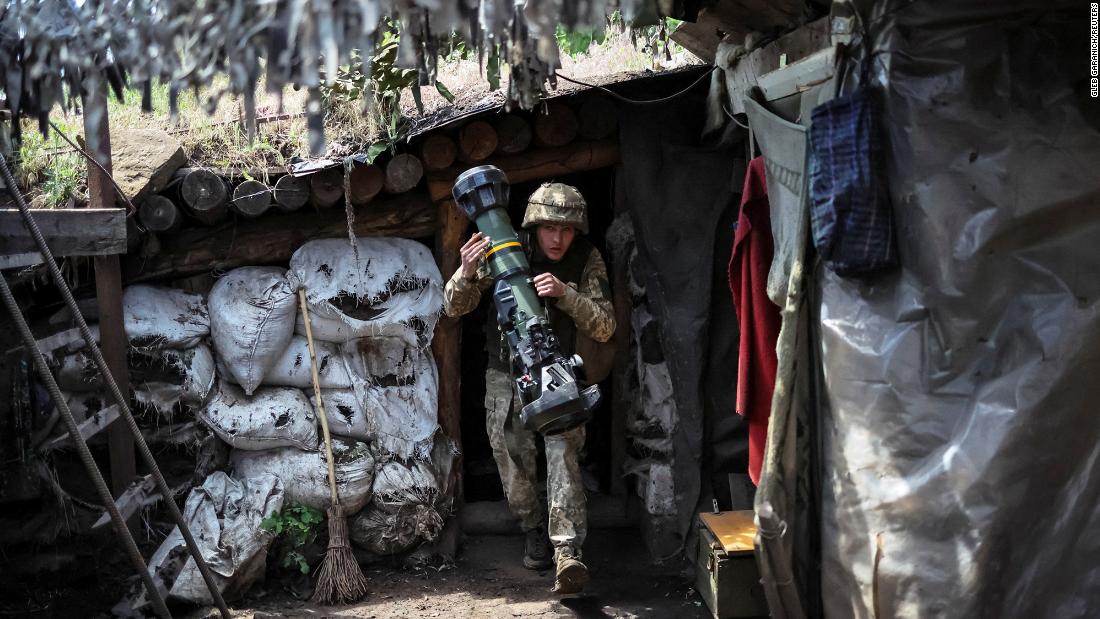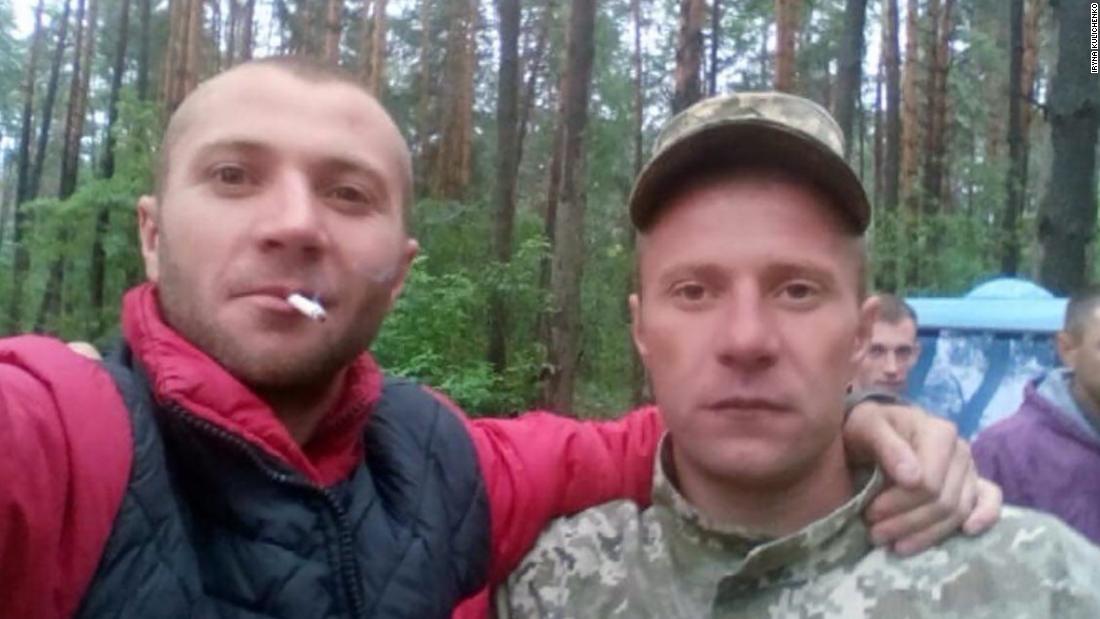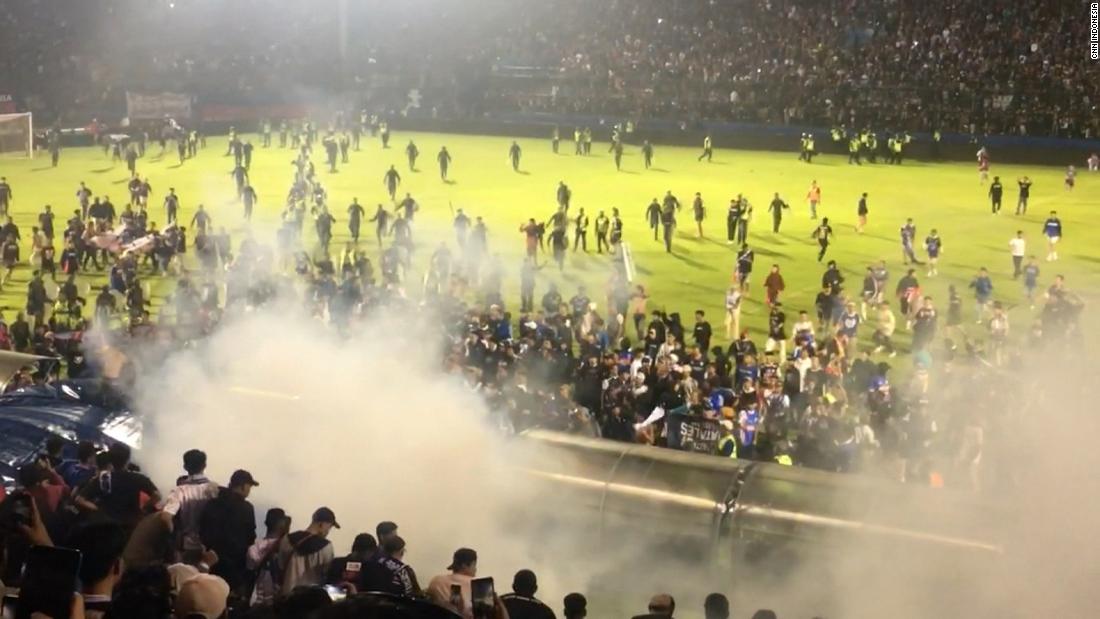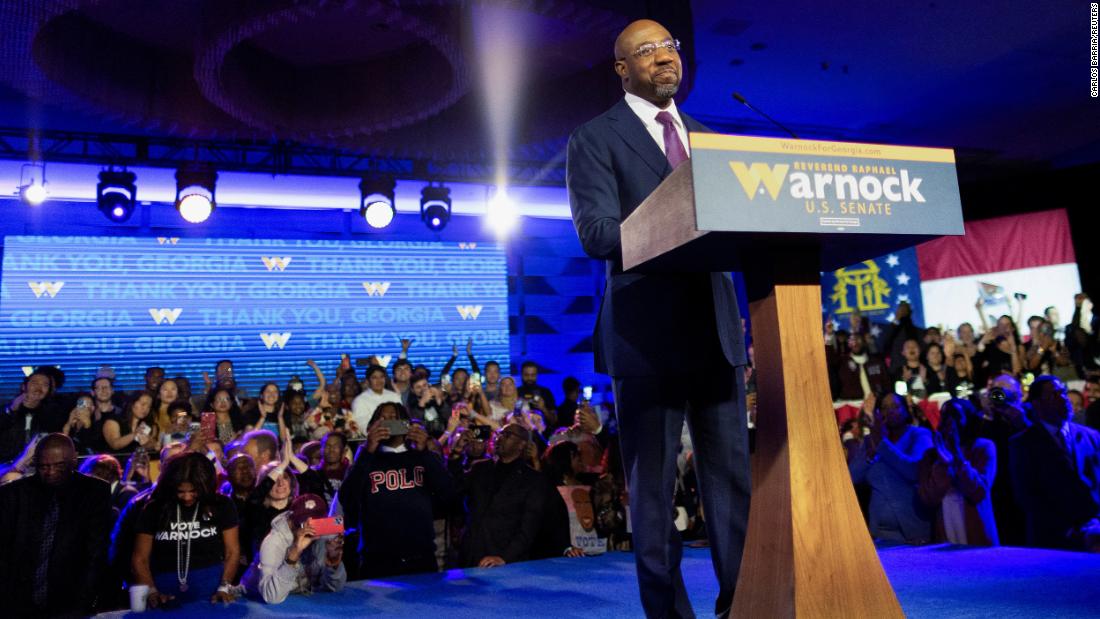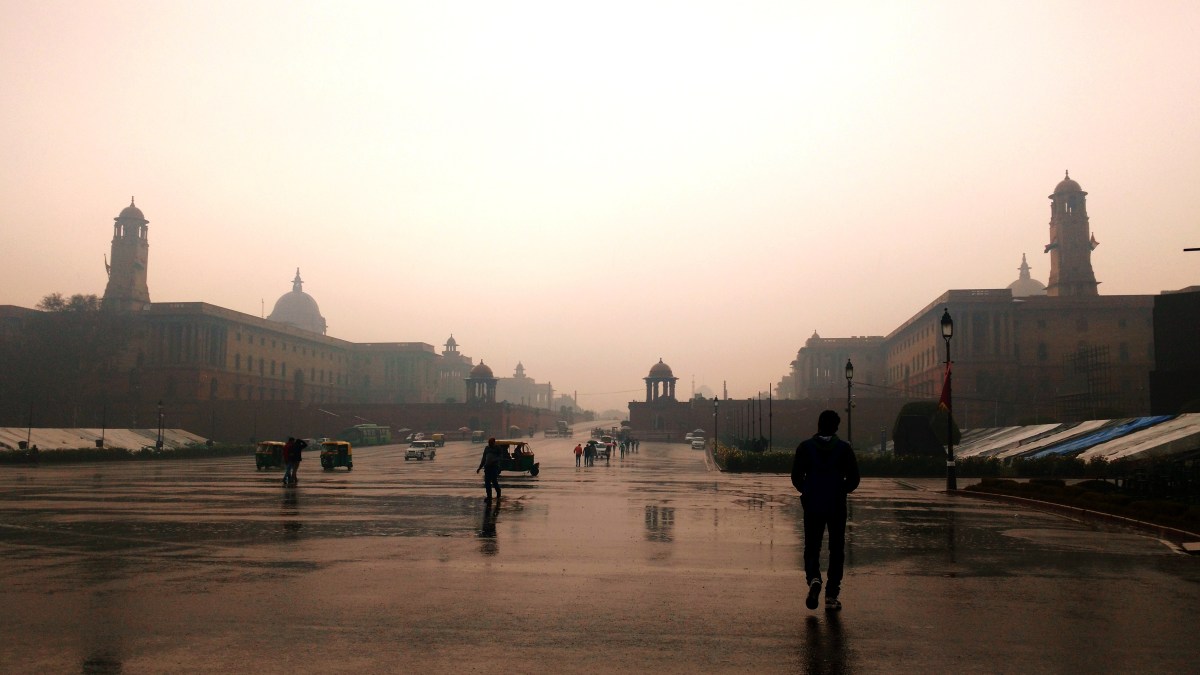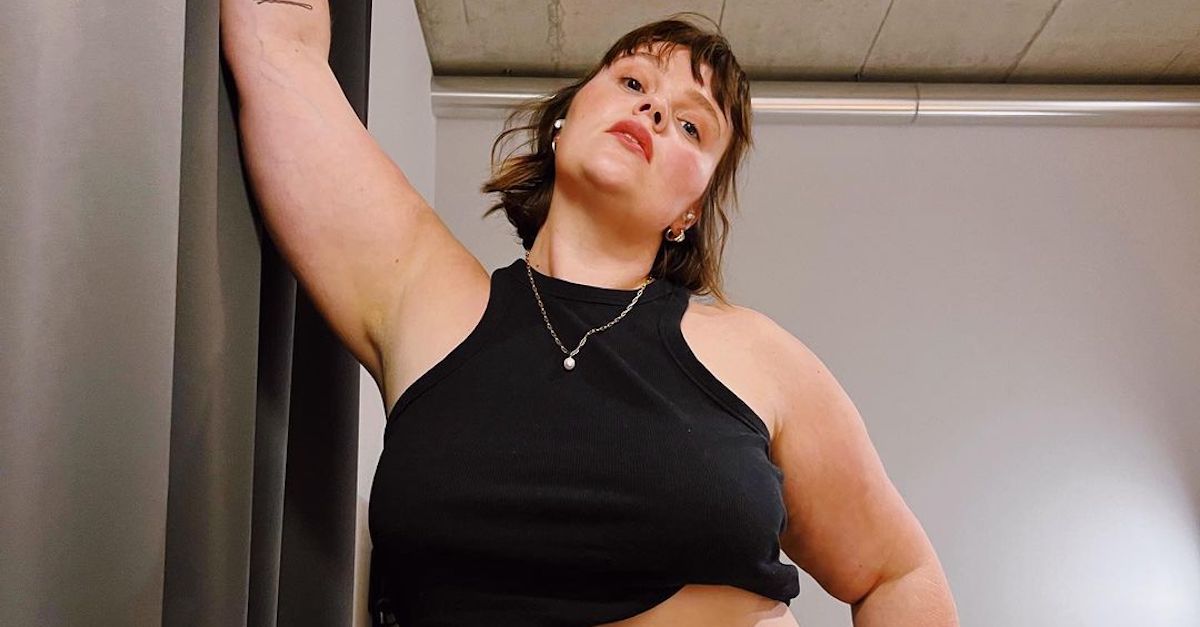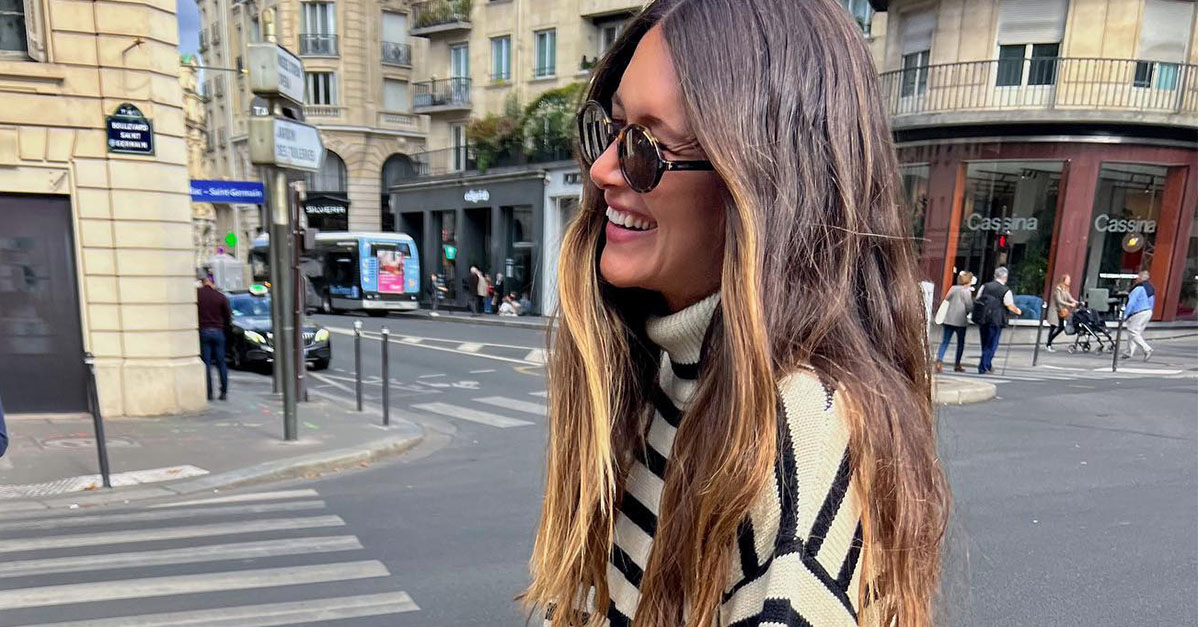Iranian protesters say they were raped in detention
They’d choose the women who were pretty and suited their appetite …… then the officer would take one of them from the cell to a smaller, private room.”“They would sexually assault them there.”CNN Special ReportHow Iran's security forces use rape to quell protestsCovert testimonies reveal sexual assaults on male and female activists as a women-led uprising spreadsBy Tamara Qiblawi, Barbara Arvanitidis, Nima Elbagir, Alex Platt, Artemis Moshtaghian, Gianluca Mezzofiore, Celine Alkhaldi and Muhammad Jambaz, CNNNovember 21, 2022Haje Omeran, Iraq (CNN) — A trickle of people passes through a normally busy border crossing in the mountains of northern Iraq. “It’s a big prison over there,” one Iranian woman says, gesturing to the hulking gate that marks the border with Iran’s Islamic Republic, which has been convulsed by protest for over two months.A portrait of the founder of Iran’s clerical regime, Ruhollah Khomeini, looms against a backdrop of rolling hills studded with streetlights. Snatches of travelers’ muted conversations punctuate an eerie silence.Fear of indiscriminate arrest has made many reluctant to risk the journey. Some of the few who cross say the noose is tightening: protesters gunned down, curfews in the border villages and nighttime raids on homes.In hushed tones, they speak of female protesters in particular, and the horrors they say some have endured in Iran’s notorious detention facilities.Iran’s government has closed the country off to non-accredited foreign journalists, regularly shuts down the internet and suppresses dissidents' voices with mass arrests. An extreme climate of fear prevails in Iran as the crackdown intensifies.One Kurdish-Iranian woman, whom CNN is calling Hana for her safety, says she both witnessed and suffered sexual violence while detained. “There were girls who were sexually assaulted and then transferred to other cities,” she said. “They are scared to talk about these things.”Iranian protesters set their headscarves on fire while marching down a street on October 1, 2022 in Tehran, Iran. Getty ImagesWomen have played a central role in Iran’s uprising since it ignited two months ago. The slogan “Women, Life, Freedom” reverberates through anti-regime demonstrations in its original Kurdish (Jin, Jiyan, Azadi) and in Persian (Zan, Zendegi, Azadi). It is a nod to the 22-year-old Kurdish woman whose death sparked the protests — Jina (Mahsa) Amini was believed to have been brutally beaten by Iran’s morality police for improper hijab and died days later.The rights of women have also been at the heart of debate among Iran’s clerical establishment since the protests began. Some clerics and politicians have called for the relaxing of social rules, while others doubled down, conflating the female protesters with what they call “loose women” who were merely pawns in a plot hatched by Western governments.In one of the most striking comments in the smear campaign against female protesters, Zeinab Soleimani, the daughter of Iran’s revered slain general Qassem Soleimani, accused women in the protests of wanting to “get naked.”In recent weeks, social media videos have emerged allegedly showing Iranian security forces sexually assaulting female demonstrators on the streets. Reports of sexual violence against activists in prisons began to surface.With media access inside Iran severely constrained, CNN went to the region near Iraq’s border with Iran, interviewing eyewitnesses who'd left the country and verifying accounts from survivors and sources both in and outside Iran. CNN corroborated several reports of sexual violence against protesters and heard accounts of many more. At least one of these caused severe injury, and another involved the rape of an underage boy. In some of the cases CNN uncovered, the sexual assault was filmed and used to blackmail the protesters into silence, according to sources who spoke to the victims.Iranian officials have not yet responded to CNN’s request for comment on the abuses alleged in this report.Source: TwitterArmita Abbasi, 20, bore all the hallmarks of a Gen Z-er. Her edgy hairdo was dyed platinum blonde and she had an eyebrow piercing. She wore colored contact lenses, and filmed TikToks with her cats from her living room.The uprising changed her life, and Iran’s security forces appear to have subjected her to some of the worst of their brutality.After the protests began, social media posts under Abbasi’s name became charged with unrestrained criticism of Iran’s regime. It is unclear if she participated in the protests. Yet, unlike most Iranian dissidents inside the country, she did not anonymize her anti-regime posts.A protest in Abbasi’s hometown of Karaj which has been a flashpoint in the nationwide uprising. IranWireShe was arrested in her hometown of Karaj, just west of Tehran, nearly a month after the onset of the demonstrations. In an October 29 statement, the government claimed she was “the leader of the riots” and that police discovered “10 Mol
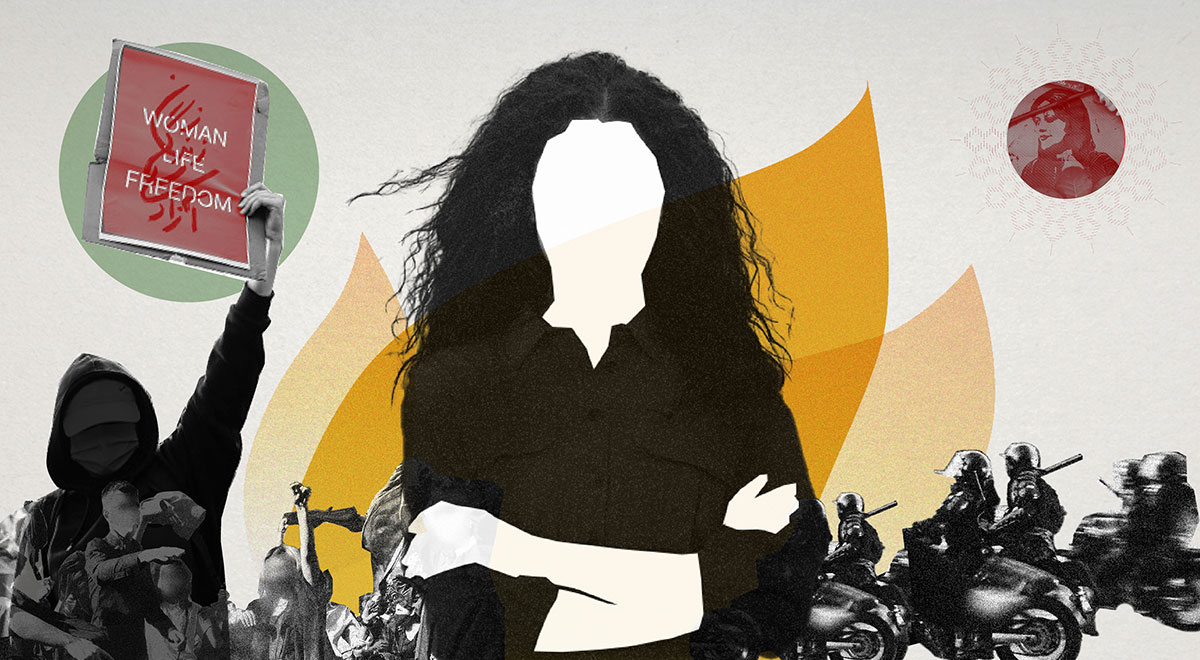
They’d choose the women who were pretty and suited their appetite …
… then the officer would take one of them from the cell to a smaller, private room.”
“They would sexually assault them there.”
CNN Special ReportHow Iran's security forces use rape to quell protests
Covert testimonies reveal sexual assaults on male and female activists as a women-led uprising spreads
By Tamara Qiblawi, Barbara Arvanitidis, Nima Elbagir, Alex Platt, Artemis Moshtaghian, Gianluca Mezzofiore, Celine Alkhaldi and Muhammad Jambaz, CNN
November 21, 2022
Haje Omeran, Iraq (CNN) — A trickle of people passes through a normally busy border crossing in the mountains of northern Iraq. “It’s a big prison over there,” one Iranian woman says, gesturing to the hulking gate that marks the border with Iran’s Islamic Republic, which has been convulsed by protest for over two months.
A portrait of the founder of Iran’s clerical regime, Ruhollah Khomeini, looms against a backdrop of rolling hills studded with streetlights. Snatches of travelers’ muted conversations punctuate an eerie silence.
Fear of indiscriminate arrest has made many reluctant to risk the journey. Some of the few who cross say the noose is tightening: protesters gunned down, curfews in the border villages and nighttime raids on homes.
In hushed tones, they speak of female protesters in particular, and the horrors they say some have endured in Iran’s notorious detention facilities.
Iran’s government has closed the country off to non-accredited foreign journalists, regularly shuts down the internet and suppresses dissidents' voices with mass arrests. An extreme climate of fear prevails in Iran as the crackdown intensifies.
One Kurdish-Iranian woman, whom CNN is calling Hana for her safety, says she both witnessed and suffered sexual violence while detained. “There were girls who were sexually assaulted and then transferred to other cities,” she said. “They are scared to talk about these things.”
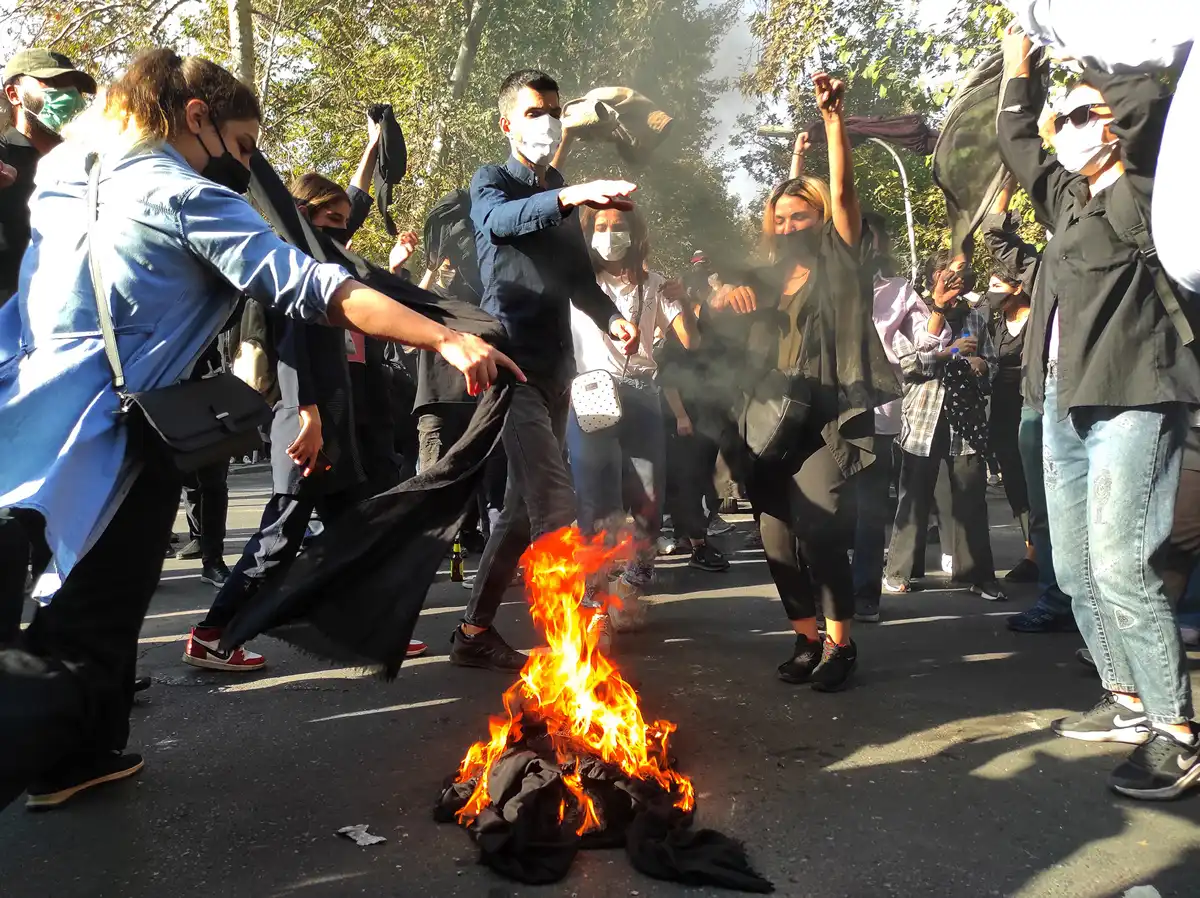
Women have played a central role in Iran’s uprising since it ignited two months ago. The slogan “Women, Life, Freedom” reverberates through anti-regime demonstrations in its original Kurdish (Jin, Jiyan, Azadi) and in Persian (Zan, Zendegi, Azadi). It is a nod to the 22-year-old Kurdish woman whose death sparked the protests — Jina (Mahsa) Amini was believed to have been brutally beaten by Iran’s morality police for improper hijab and died days later.
The rights of women have also been at the heart of debate among Iran’s clerical establishment since the protests began. Some clerics and politicians have called for the relaxing of social rules, while others doubled down, conflating the female protesters with what they call “loose women” who were merely pawns in a plot hatched by Western governments.
In one of the most striking comments in the smear campaign against female protesters, Zeinab Soleimani, the daughter of Iran’s revered slain general Qassem Soleimani, accused women in the protests of wanting to “get naked.”
In recent weeks, social media videos have emerged allegedly showing Iranian security forces sexually assaulting female demonstrators on the streets. Reports of sexual violence against activists in prisons began to surface.
With media access inside Iran severely constrained, CNN went to the region near Iraq’s border with Iran, interviewing eyewitnesses who'd left the country and verifying accounts from survivors and sources both in and outside Iran. CNN corroborated several reports of sexual violence against protesters and heard accounts of many more. At least one of these caused severe injury, and another involved the rape of an underage boy. In some of the cases CNN uncovered, the sexual assault was filmed and used to blackmail the protesters into silence, according to sources who spoke to the victims.
Iranian officials have not yet responded to CNN’s request for comment on the abuses alleged in this report.
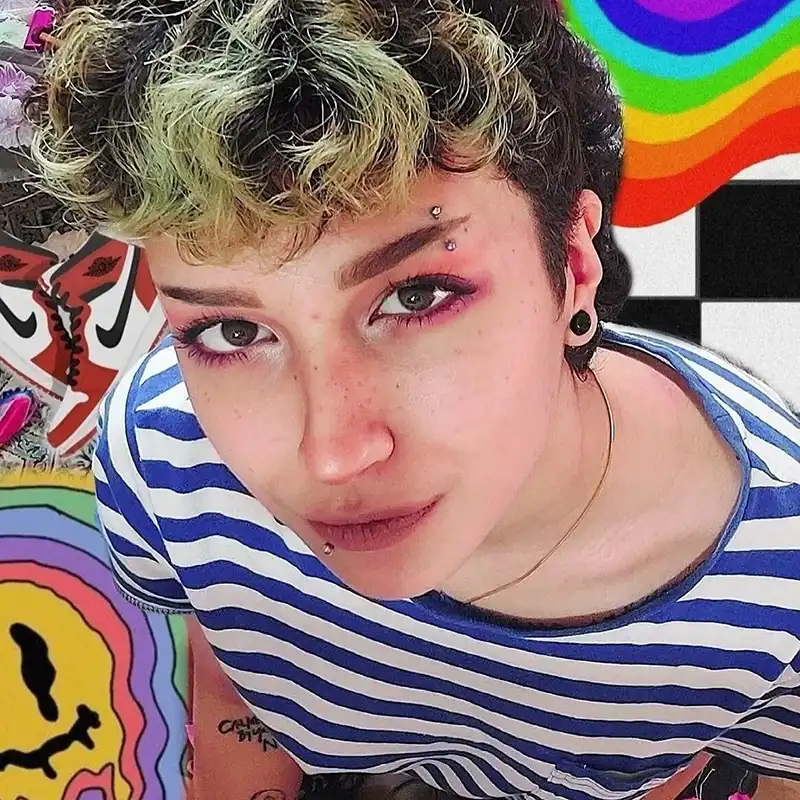
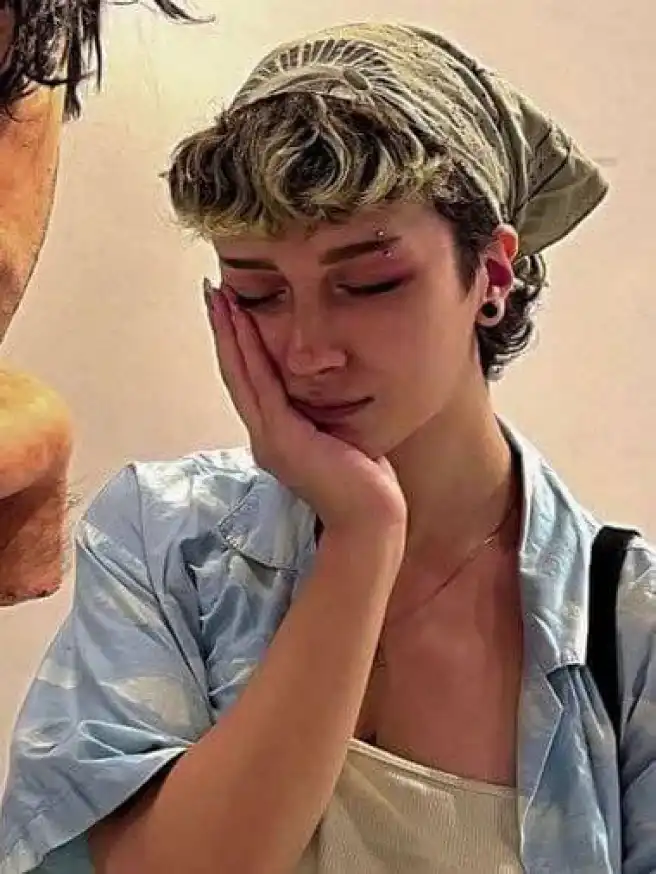
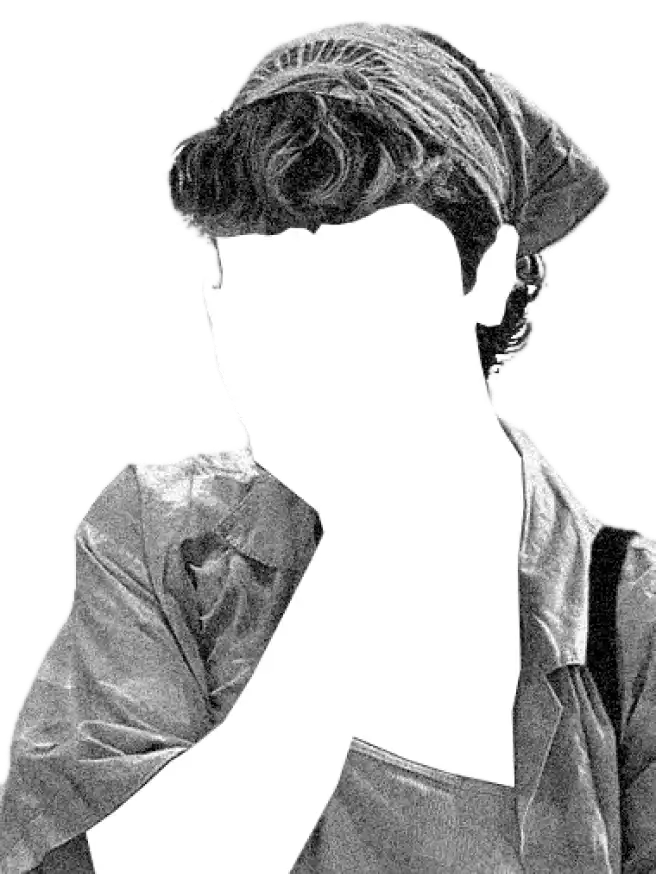
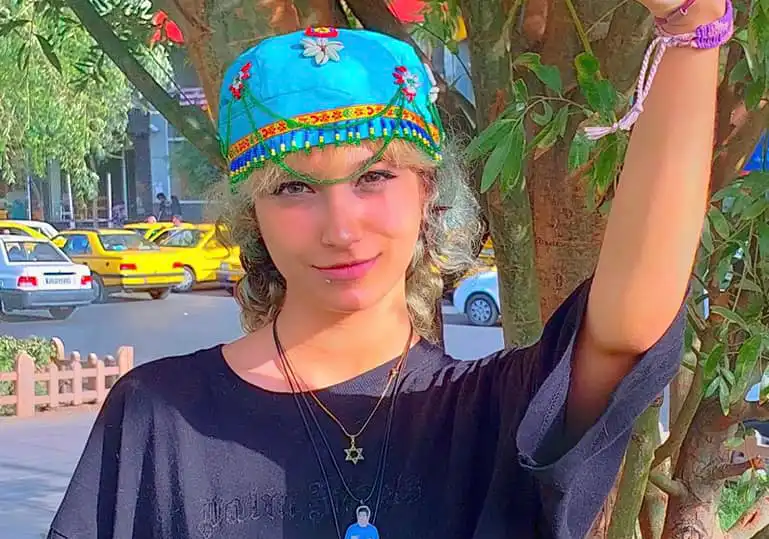
Armita Abbasi, 20, bore all the hallmarks of a Gen Z-er. Her edgy hairdo was dyed platinum blonde and she had an eyebrow piercing. She wore colored contact lenses, and filmed TikToks with her cats from her living room.
The uprising changed her life, and Iran’s security forces appear to have subjected her to some of the worst of their brutality.
After the protests began, social media posts under Abbasi’s name became charged with unrestrained criticism of Iran’s regime. It is unclear if she participated in the protests. Yet, unlike most Iranian dissidents inside the country, she did not anonymize her anti-regime posts.
She was arrested in her hometown of Karaj, just west of Tehran, nearly a month after the onset of the demonstrations. In an October 29 statement, the government claimed she was “the leader of the riots” and that police discovered “10 Molotov cocktails” in her apartment.
It was an ominous statement that seemed to imply that Iran’s justice system would reserve a harsh punishment for the 20-year-old. But it also served as a denial of a series of leaked accounts on Instagram that had caused uproar on social media in the days since her arrest, and which turned Abbasi — like Amini and Nika Shahkarami before her — into a symbol of Iran’s protest movement.
The contents of the leaked accounts — conversations between medics on Instagram’s private messaging service — suggested that Iranian security forces tortured and sexually assaulted Abbasi.
On October 17, Abbasi was rushed to the Imam Ali hospital in Karaj, accompanied by plainclothes officers, according to leaks from that hospital. Her head had been shaved and she was shaking violently. In the accounts, the medical staff attending to her spoke of the horror they felt when they saw evidence of brutal rape.
An insider at Imam Ali hospital confirmed the veracity of those leaks to CNN. The source asked to remain anonymous for security reasons.
“When she first came in, (the officers) said she was hemorrhaging from her rectum… due to repeated rape. The plainclothes men insisted that the doctor write it as rape prior to arrest,” wrote one member of the medical staff in one of the messages.
“After the truth became obvious to all, they changed the whole script,” wrote the medic. CNN can confirm that four to five medics leaked the messages to social media. All of them said they believed she was sexually assaulted in custody.
“To make it short, they screwed up,” that medic added of the security forces. “They screwed up and they don’t know how to put it together again.”
CNN can confirm that four to five medics leaked the information to social media. All of them said they believed she was raped in custody.
Here’s some of what they were saying:
“She was my patient. I went to her bedside. They had shaved her hair and her head was wrapped. She was scared and was trembling.”
“To make it short, they screwed up. They screwed up and they don’t know how to put it together again.”
“My heart which saw her and couldn't free her is driving me crazy.”
“It's not my intention to spread fear and horror. But this is the truth. A crime is happening and I can't remain silent.”
In its statement, the Iranian government said Abbasi was treated for “digestive problems.” Medics at the Imam Ali hospital said the claim did not tally with the symptoms Abbasi exhibited. Abbasi was also treated by a gynecologist and a psychiatrist, which the medics said was also inconsistent with the government’s account.
CNN has presented the leaked accounts of Abbasi’s injuries to an Iranian doctor outside Iran who said the symptoms as described indicated brutal sexual assault.
“She was feeling so bad we thought she had cancer.”– A medic who witnessed Abbasi’s injuries in hospital
The leaks point to a highly secretive process heavily controlled by Iranian security forces. One medic said on social media that police prevented staff from speaking to Abbasi, and that the hospital leadership’s account of her medical condition kept changing. When CNN called the Imam Ali Hospital, a staff member said they had no record of her, despite the government’s acknowledgement that she was treated there.
According to the leaked accounts, security forces removed Abbasi from the hospital through a rear entrance just before her family arrived to see her. “My heart which saw her and couldn’t free her is driving me crazy,” wrote one medic.
Abbasi is currently being held in Karaj’s notorious Fardis prison, according to the Iranian government. CNN has been unable to reach her or her family members for comment.
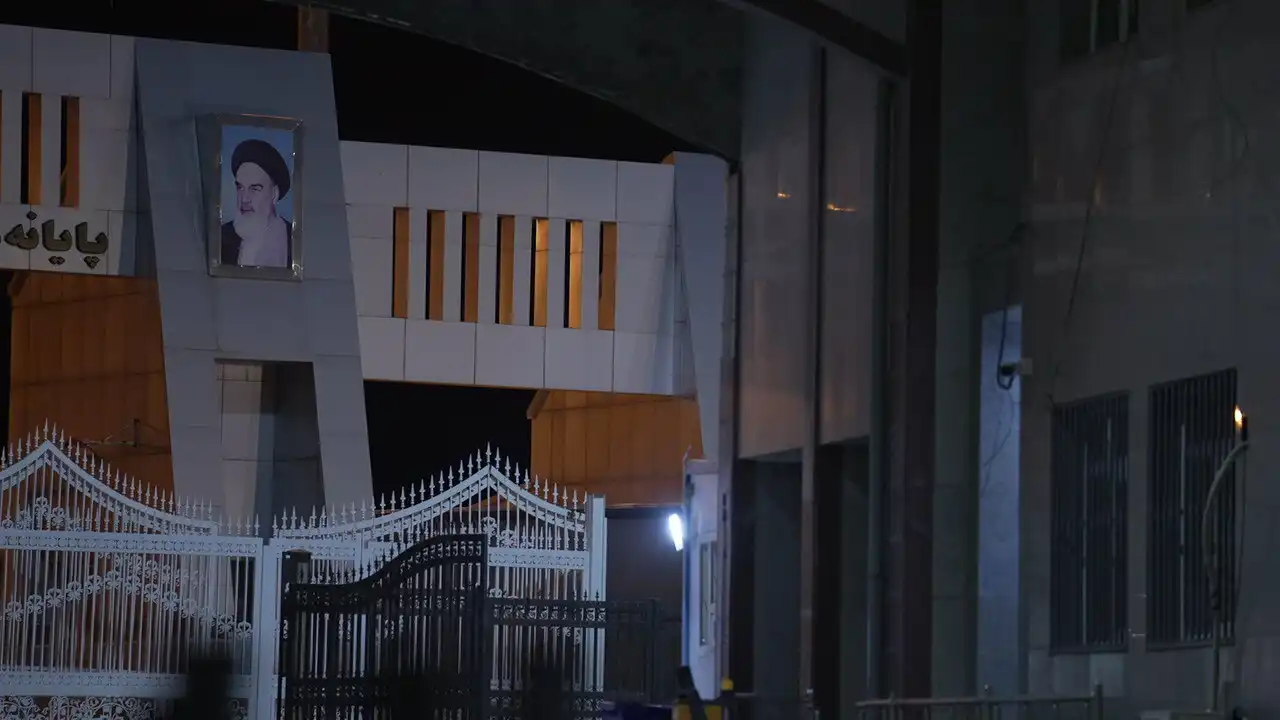
The Haje Omeran crossing bisects the Kurdish-majority region that straddles the west of Iran and the north of Iraq.
Many Kurds have family on both sides of the border and normally travel back and forth with relative ease.
A large portrait of the founder of the Islamic Republic, Ruhollah Khomeini, marks the entrance to Iran.
Tehran’s crackdown on protesters has slowed the tide at the crossing between Iran and the mountains of northern Iraq. Fear of indiscriminate arrest has made many reluctant to risk the journey.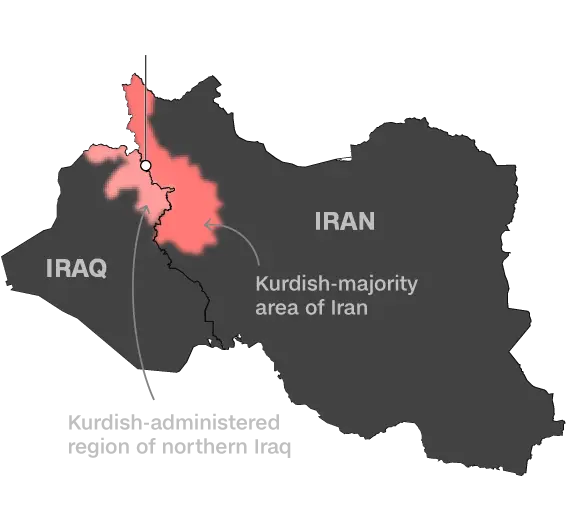
Sources: The Washington Institute, Maps4News
Hana, a Kurdish-Iranian woman in her 20s, undertook a perilous journey along mountain paths to avoid the official crossing, fleeing Iran days after she says she was sexually assaulted in police custody.
Before Hana was arrested, she had been warned that women in Iranian prisons were “being treated very badly.” Her mother received a phone call from her neighbor — a high-level official in Mahabad prison in the country’s northwest — urging her to not let her daughters out of their home “under any circumstances,” Hana tells CNN.
Hana says she was undeterred. She joined the protests and, like many other female demonstrators, she spun around and danced as she waved her headscarf in the air before burning it, in what has become a ritualistic feature of the nationwide protests.
When she was arrested, Iranian police said they saw her torching her scarf in surveillance footage, she says.
Hana says she was held in a detention center at a police station in Iran’s northwestern city of Urmia for 24 hours.
Google Maps
Google Maps
Google Maps
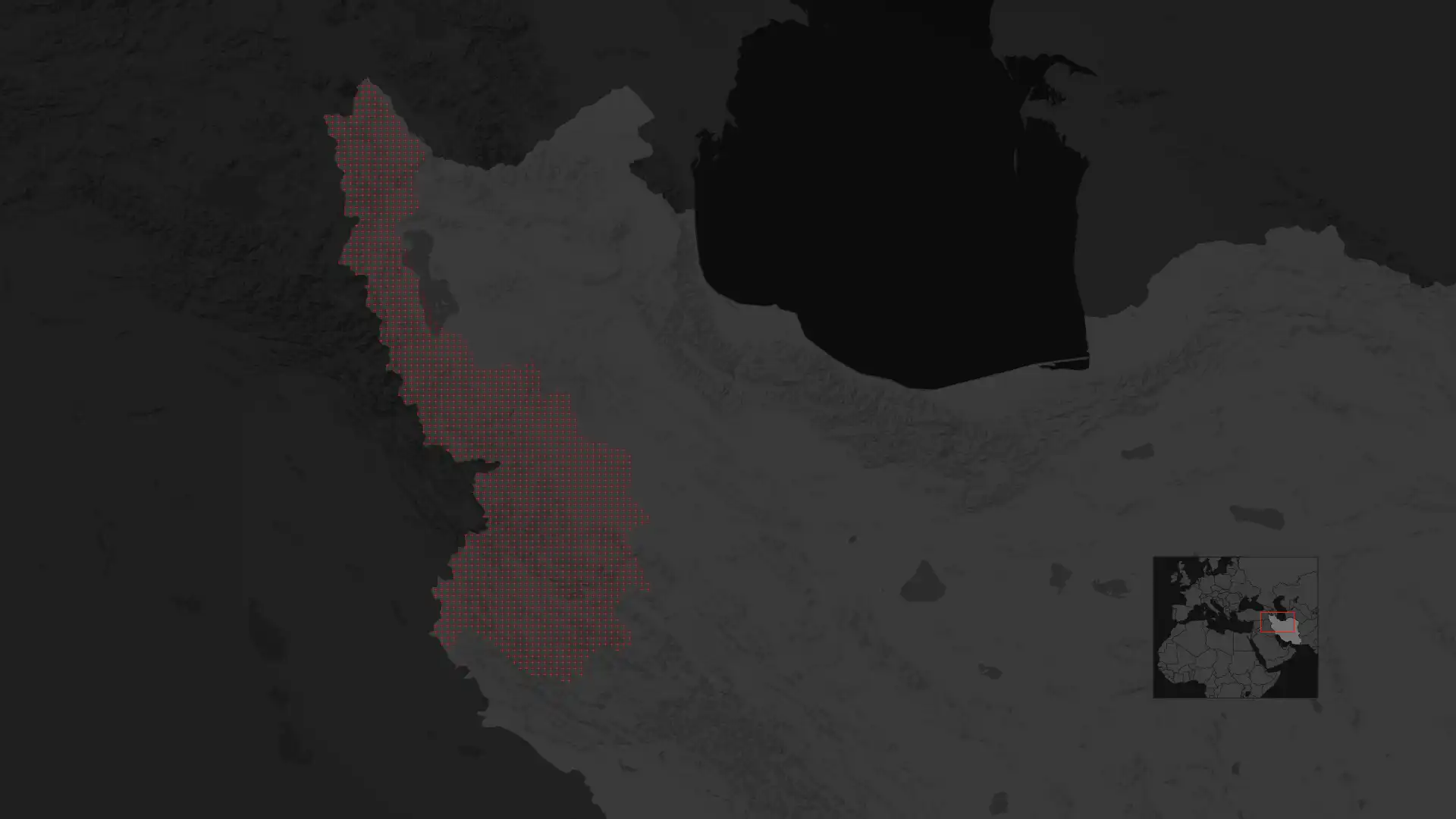
Sources: Kurdistan Human Rights Network, Kurdistan Freedom Party, The Washington Institute, Maps4news
“At the holding center, there are about 30 to 40 women and the rest were boys,” Hana tells CNN from her relatives’ home on the Iraqi side of the Iran-Iraq border region.
“There were kids as young as 13 and 14 years old who were captured in the demonstrations. They were brutally hurt. They hurt the girls even more. They sexually violated them.”
Hana sketched the layout of the holding center, where she says police abused detained protesters.
There was a main hall with private interrogation rooms off it, she says. “An officer would take a pretty girl, and he would go to a room to be alone with her and sexually assault her.”
CNN was able to locate the police station through Hana’s description, eyewitness corroboration and geolocation using key landmarks.
It’s in the Eslamabad neighborhood of Urmia.
Witness testimony indicates a pattern: Police centers used as filtration points, where those arrested are first interrogated…
… and then in some cases moved from one location to another, their families left in the dark about where they are held. Hundreds have disappeared into this network of prisons and detention centers, according to rights groups.
Unlike most of her fellow activists, Hana fled Iran. For days, she and her uncle’s family followed a group of Kurdish smugglers as they weaved through the border region’s mountains. Only a handful of protesters have embarked on the perilous journey. That’s because the Iranian side of the border is heavily militarized, and security forces regularly shoot-to-kill those who cross, and smuggle goods, illegally.
Hana now lives with her relatives in a mountain town in Iraqi Kurdistan. Her jet-black hair tumbles down to her waist. A white scarf is wound around her neck on the day CNN speaks with her. It covers a purple mark where a security officer forced himself on her, she says, and violently kissed her.
Outside the tiny interrogation cell where Hana says the policeman assaulted her — assailing her with promises of freedom as he hinted heavily at demands for sexual favors — a fight had broken out, distracting the policeman.
“They will threaten (the woman) not to talk about the abuse, who did it to her, who insulted her, and who sexually violated her.”— Hana
She recounts how a girl had been corralled into another interrogation room as her teenage brother demanded he join her to make sure nothing “was happening to her.” Hana describes the police beating the boy with batons. He lay on the ground, wounded and having soiled himself during the beating, she recalls. Meanwhile, his sister was screaming in the interrogation room. Hana says she believes the woman was being sexually assaulted.
Her female cellmates told her they had been raped in the police station, she says. When Hana’s interrogator returned, Hana says he resumed making unwanted sexual advances on her. But within minutes, her father had come to bail her out, saving her, she believes, from the worst.
Other women were not so lucky, she says. Many of those held at the station were denied bail and disappeared into a labyrinthine prison system which includes secret detention centers in military bases, according to sources and rights groups. Kurdish rights groups have repeatedly reported that hundreds of people have been forcibly disappeared in the Kurdish regions of Iran, and have documented evidence of secret detention centers in military bases.

Most of the reports of sexual violence reviewed by CNN since the protests sparked by Amini’s death began came from the west of the country, where large swathes of the region are predominantly Kurdish. Throughout this investigation, CNN has spoken to sources in various flashpoints of the country’s protests, including rights groups and activists linked to the Kurdish-majority areas, activists in regular contact with female detainees in key prisons, such as Evin prison in Tehran, and a Baluchi activist network connected to the southeast Baluch majority of the country.
Alongside the authorities' widespread detention of protesters, the media blackout in the country has worsened. The stigma attached to victims of sexual violence adds another layer of secrecy to what’s unfolding.
Despite the difficulty of investigating these claims and the risks run by victims who report them, CNN has learned of 11 incidents — sometimes involving multiple victims — of sexual violence against protesters in Iranian prisons and has corroborated nearly half of them. Almost all occurred in the Kurdish areas.
In one case, CNN received the audio testimony of a 17-year-old boy who said he and his friends were raped and electrocuted in detention after they were arrested in the protests. Testimonies heard by CNN suggest that the sexual assault of the underage boy was not an isolated incident.
“They brought four men over who had been beaten, screaming intensely in another cell. And one of the men who was tortured, was sent to the waiting room where I was,” the boy told CNN. “I asked him what all that screaming was about? He said they are raping the men."
A security guard overheard the conversation about the sexual assault, the boy said, after which he proceeded to torture him. The boy said he then was also raped.
“I asked him what all that screaming was about? He said they are raping the men.”— A 17-year-old boy in Kurdish-majority Iran
International rights groups Human Rights Watch and Amnesty International have also said that they recorded several instances of sexual assault in prisons since the onset of the protests in mid-September.
The head of the Kurdistan Human Rights network, Rebin Rahmani, told CNN that two women in detention, with whom he spoke, were threatened with the rape of their teenage sisters as a means of pressuring them into giving a forced TV confession. In one of those incidents, security forces brought the woman’s teenage sister to the interrogation room and asked her if she was “prepared” to let them rape her sister, he said, citing the woman’s account. The woman gave in and made the confession, she told him.
CNN relied on sources and survivors inside Iran risking their freedoms and lives to report the sexual violence. In Armita Abbasi’s case, her apparently brutal rape is unlikely to have become public knowledge if the medics had not leaked the details to the press and to social media.
“I’m not trying to spread fear and horror,” wrote one medic from Imam Ali hospital in a social media post. “But this is the truth. A crime is happening and I can’t remain silent.”

 Landwebs
Landwebs 







